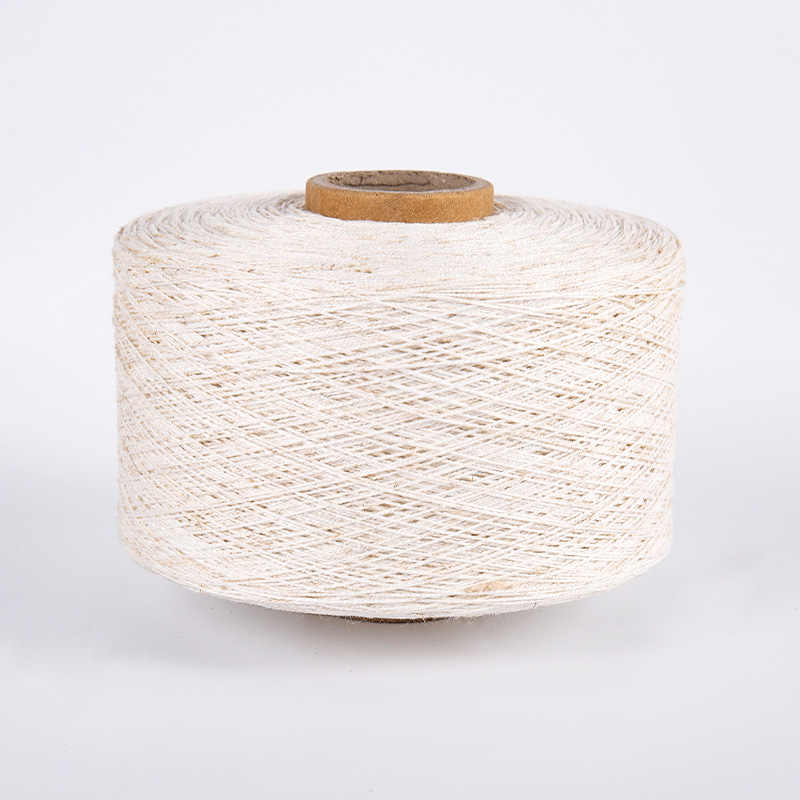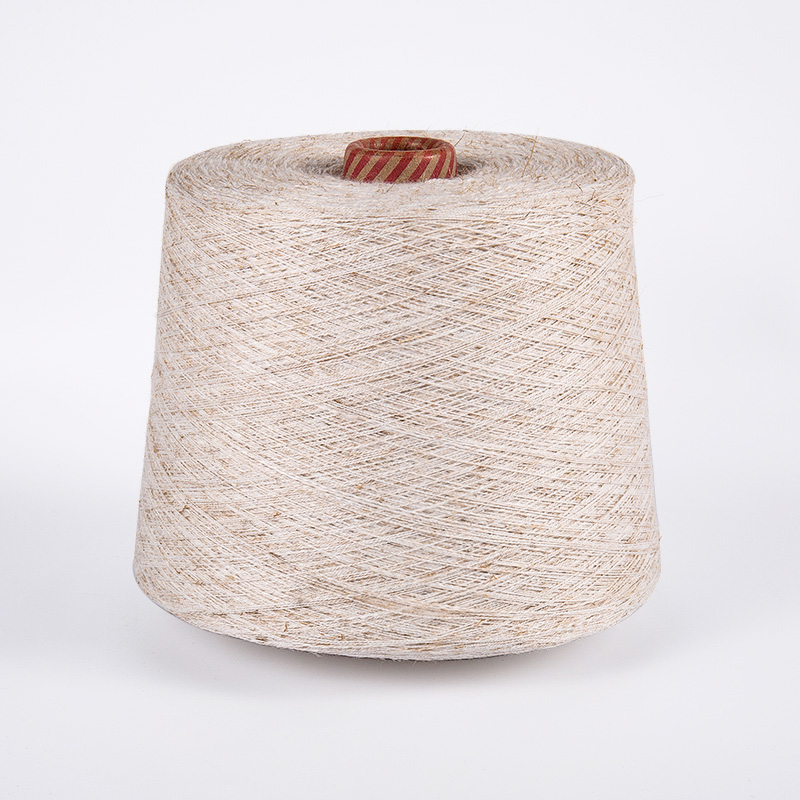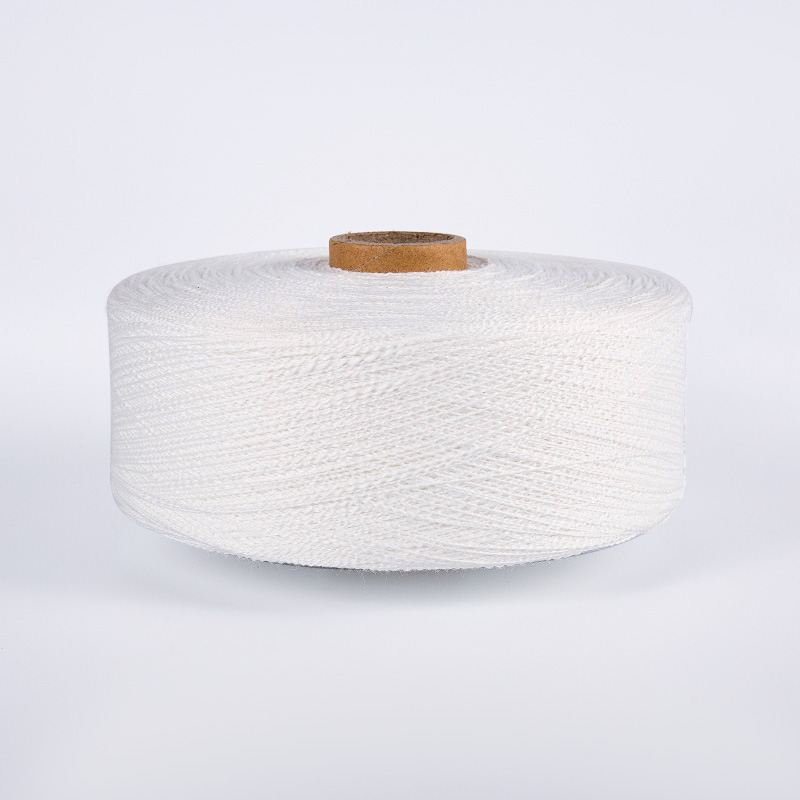Are the specialty yarns chemically or physically modified? How do these treatments affect yarn properties?
In the production process of spunlace nonwoven fabrics, the performance of the yarn is directly related to the quality and application field of the final product. In order to improve the functionality and durability of the yarn or adapt to specific use requirements, JIELI has indeed adopted a variety of technical means, including chemical modification and physical modification, to treat special yarns. These treatments are aimed at optimizing the structure of the yarn, increasing its physical strength, improving surface properties or imparting specific chemical properties.
Chemical modification mainly changes its original chemical composition and properties by introducing specific chemical groups or compounds on the surface or inside the yarn. The chemical modification methods used by JIELI include but are not limited to:
Graft polymerization: grafting functional monomers onto the polymer chain of the yarn through chemical reactions to increase the hydrophilicity, antibacterial or antistatic properties of the yarn. For example, the introduction of hydrophilic groups can significantly improve the hygroscopicity and air permeability of yarns, which is particularly important for hygiene materials and cosmetic substrates.
Cross-linking treatment: Use cross-linking agents to form chemical bonds between yarn molecular chains to enhance the tensile strength and abrasion resistance of the yarn. It is suitable for industrial wiping and packaging materials that require high durability.
Surface coating: Coating a layer of functional materials on the surface of the yarn, such as nano-silica, graphene, etc., to improve its heat resistance, flame retardancy or UV protection, which is crucial for applications in specific environments important.
Physical modification mainly changes the shape, structure and arrangement of yarn through physical means without changing its chemical composition. Commonly used physical modification technologies at JIELI include:
Stretching and heat treatment: Stretching the yarn by controlling temperature and tension can adjust the arrangement of its molecular chains, improve crystallinity and orientation, and thereby enhance the strength and elasticity of the yarn.
Ultrasonic treatment: The energy of ultrasonic waves is used to produce tiny cavitation and impact effects inside the yarn, which promotes the rearrangement of polymer chains, improves the softness and feel of the yarn, and also helps to improve the bonding force between fibers.
Plasma treatment: The active particles generated by plasma discharge bombard the surface of the yarn, which can introduce polar groups and increase the surface energy, thereby improving the wettability and adhesion of the yarn, which is important for improving the spunlace non-woven The bonding strength between cloth layers is particularly critical.
The above-mentioned chemical and physical modification treatments have many effects on yarn properties, including but not limited to:
Improvement of mechanical properties: Through cross-linking, stretching and heat treatment, the breaking strength and modulus of the yarn are significantly increased, improving the durability and tear resistance of the product.
Enhancement of functionality: Chemical modifications such as graft polymerization and surface coating can give yarn specific functions, such as antibacterial, antistatic, flame retardant, etc., broadening the application scope of the product.
Optimization of surface properties: Plasma treatment and ultrasonic treatment improve the surface structure and wettability of yarns, helping to improve the water absorption speed, uniformity and softness of spunlace non-woven fabrics.
Improved processing adaptability: Modified yarn is easier to process during the production process, such as reducing end breakage and improving production efficiency. It is also beneficial to subsequent printing, dyeing and other processes.
The reason why JIELI can achieve remarkable results in special yarn processing is due to its many advantages:
Advanced production lines: Two imported semi-cross spunlace non-woven production lines ensure efficient and stable production capacity, providing a solid foundation for large-scale application.
High-quality R&D team: The R&D team consists of foreign experts, industry experts and senior engineers. It has rich experience and innovation capabilities and can quickly develop customized products according to customer needs.
Strict quality control: Quality inspection after each process, as well as product inspection according to customer requirements and international standards, ensure the stability and reliability of product quality.
Sustainable production concept: Strict control over the price and quality of raw materials, as well as sufficient production capacity, provide a strong guarantee for sustainable production and meet the needs of customers with different purchasing volumes.
Special Polyester Yarn Suppliers
JIELI:
Source factory spot wholesale
Source factory spot wholesale
Jieli Textile Co., Ltd. is a company specializing in the research and development and production of spun lace nonwoven fabric products. We are China Wholesale Special Polyester Yarn Suppliers and OEM/ODM Special Polyester Yarn Company. The company is located in the Dama Yiyuan Entrepreneurship Park in Jiaxing, Zhejiang, covering an area of 30 acres with a building area of 50,000 square meters. It is equipped with two advanced imported semi-cross spun lace nonwoven fabric production lines, with an annual production capacity of up to 10,000 tons...

-
R&DOur R&D team is composed of highly qualified professionals, including foreign experts, industry ...

-
High Cost-effectiveness.The company's convenient geographical location and efficient management team have reduced transporta...

-
CapacityContinuous and reliable product supply, with ample production capacity, high control over raw materi...

News Center
-
2025-12-22
In the medical and healthcare industry, Medical Nonwoven Fabric has become an indispensable material in daily diagnosis and treatment processes due to its excellent performance and wide range of applications. W... -
2025-12-15
As the textile industry continuously pursues high-performance and highly durable products, polyester yarn, as an important fiber material, has gradually become a core component of many high-end fabrics. Especia... -
2025-12-08
In modern home life, the choice of cleaning products directly impacts household hygiene and user experience. In recent years, Sizing Home Cleaning Non-Woven Fabric has gradually become an important choice in bo...
Special Yarn Industry knowledge


 English
English 中文简体
中文简体






